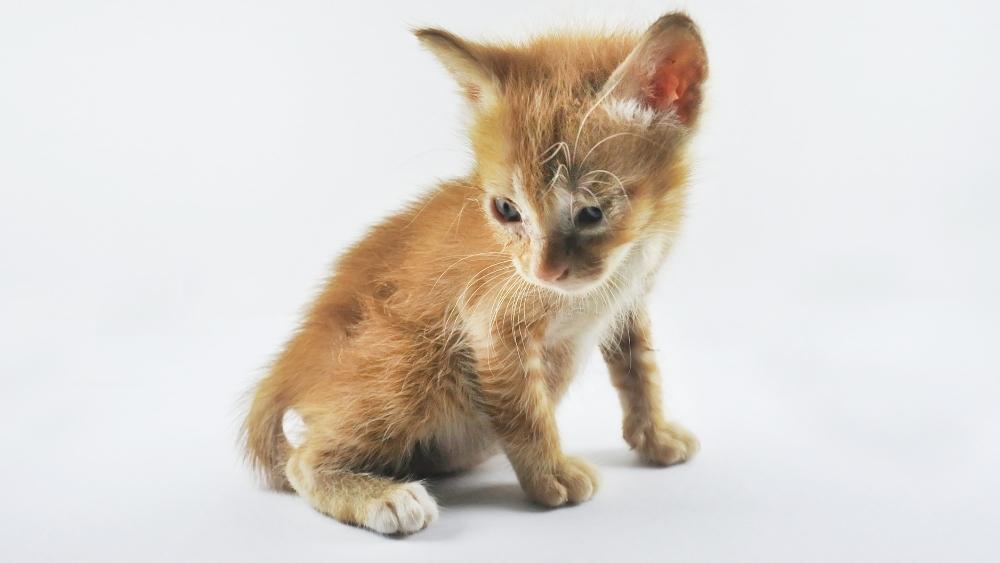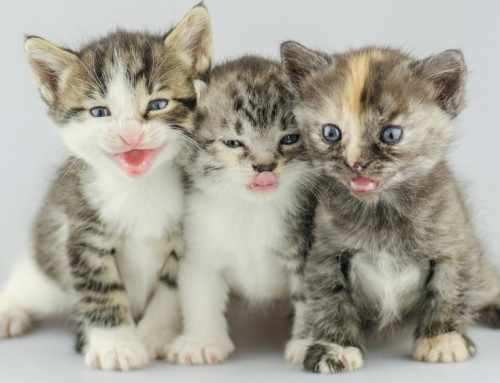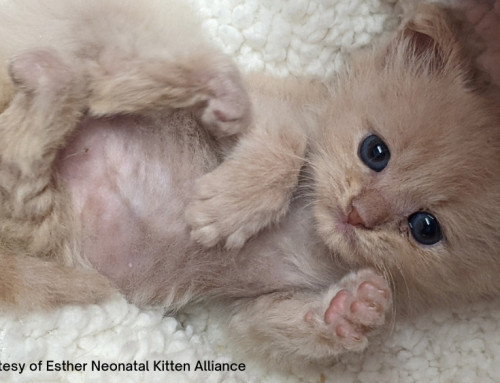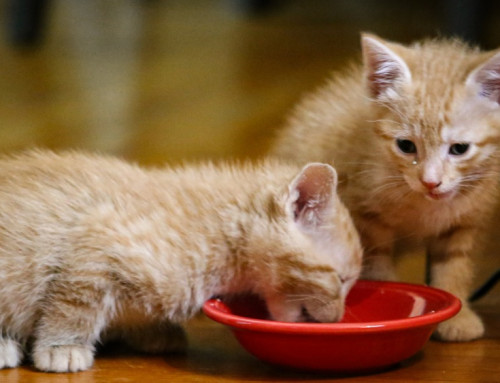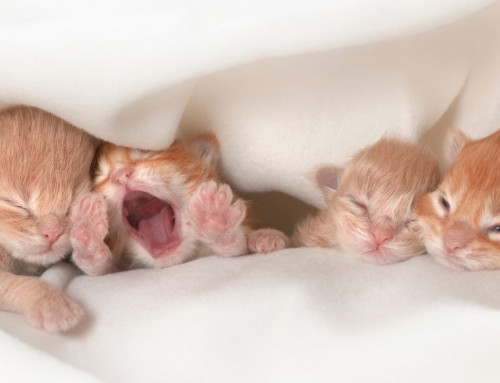Share this resource or email it to a friend!
This is part 1 of a 2-article series. It focuses on understanding the causes of refeeding syndrome. Part 2 focuses on prevention and treatment.
Refeeding syndrome refers to metabolic abnormalities that can be a devastating and often fatal consequence of rapid reintroduction of nutrition after a period of starvation or malnutrition. Refeeding syndrome is most often associated with animals who have been without food and water for an extended period of time, either due to cruelty/neglect, natural disasters, being trapped or lost or experiencing the disappearance or death of their mother.
Kittens may be underweight or emaciated for many reasons, including lack of nutrition from the queen, chronic diarrhea, flea infestation, etc. It’s important to understand why assisting a kitten who has been potentially starved for an extended period of time is different than helping a kitten who is experiencing hypothermia (low body temperature), hypoglycemia (low blood sugar) or dehydration (an excessive loss of water and electrolytes).
When the body doesn’t receive the energy required to perform its basic needs, its metabolism, the chemical reactions in the body’s cells that change food into energy, slows down. This can affect the heart, kidneys, immune system, red blood cells, digestion and other bodily functions. A decreased metabolism for a short period of time is unlikely to cause organ failure, but organ failure can occur during an extended period of starvation.
Kittens at risk of refeeding syndrome include those who:
- have a body condition score of < 3.5/9 and an unknown dietary history
- haven’t eaten for > 5-10 days regardless of body condition score
- have lost > 10% body weight over < 2 months
During starvation, an electrolyte imbalance can occur. An electrolyte imbalance is when electrolytes, which are electrically charged minerals and compounds that regulate many key body functions, are no longer balanced between the body’s cells and the bloodstream.
When a starved kitten is fed too much milk replacer formula or food at one time or formula or food that’s too concentrated, the body rapidly releases a large amount of insulin in response. This can lead to reduced sodium and water excretion, and fluid overload can occur due to the compromised function of both the heart and kidneys. Fluid overload can lead to heart failure.
Upon refeeding, the increased intracellular requirements related to energy metabolism, as well as the sudden release of insulin, cause electrolytes, particularly phosphorus, potassium and magnesium, to leave the bloodstream and quickly reenter the cells. This can lead to a dangerous drop in their blood levels, typically seen within 24-72 hours of feeding, and can have devastating consequences.
Symptoms of refeeding syndrome can include:
- Anorexia and weight loss
- Lethargy and weakness
- Anemia
- Increased heart and respiratory rate
- Bounding (very strong and forceful) pulses
- Nausea/Vomiting
- Diarrhea
- Restlessness
- Red-colored urine
- Seizures/Coma
- Death
Refeeding syndrome usually occurs within the first 3-7 days depending on how long the kitten has been deprived of adequate nutrition, which varies from a day to weeks depending on the kitten’s age and weight. However, It’s difficult to say how often refeeding syndrome actually occurs in young kittens because many often die before veterinary intervention can occur and diagnostics can be performed.
Once hypothermia, hypoglycemia and dehydration have been addressed, a starved kitten or any kitten with an unknown history should be fed milk replacement formula or food in smaller, diluted and more frequent meals until the kitten can tolerate full concentration of food or formula. The goal is to get kittens to eat on their own and gain weight every day.
In part 2 of this series, we’ll discuss working with a veterinary professional to set up a feeding plan to prevent or treat refeeding syndrome.

